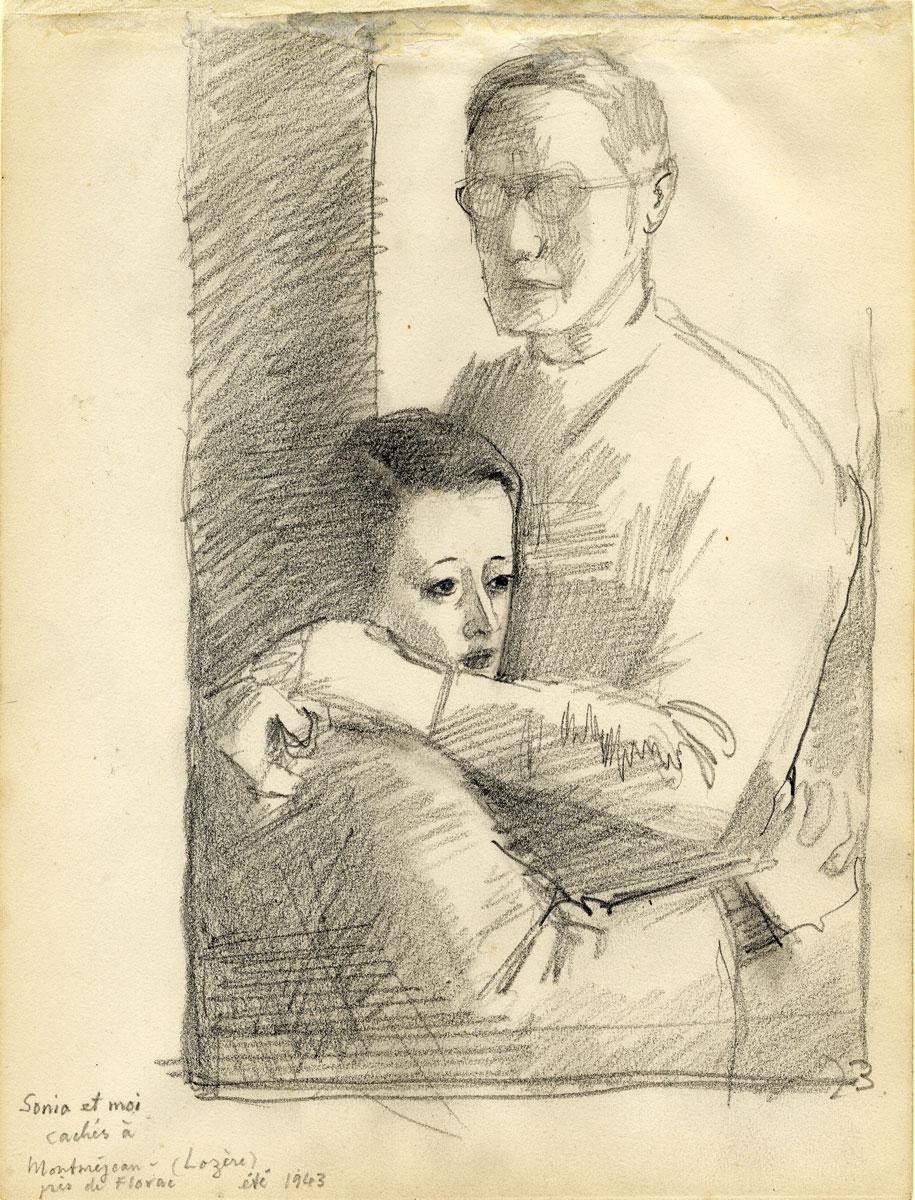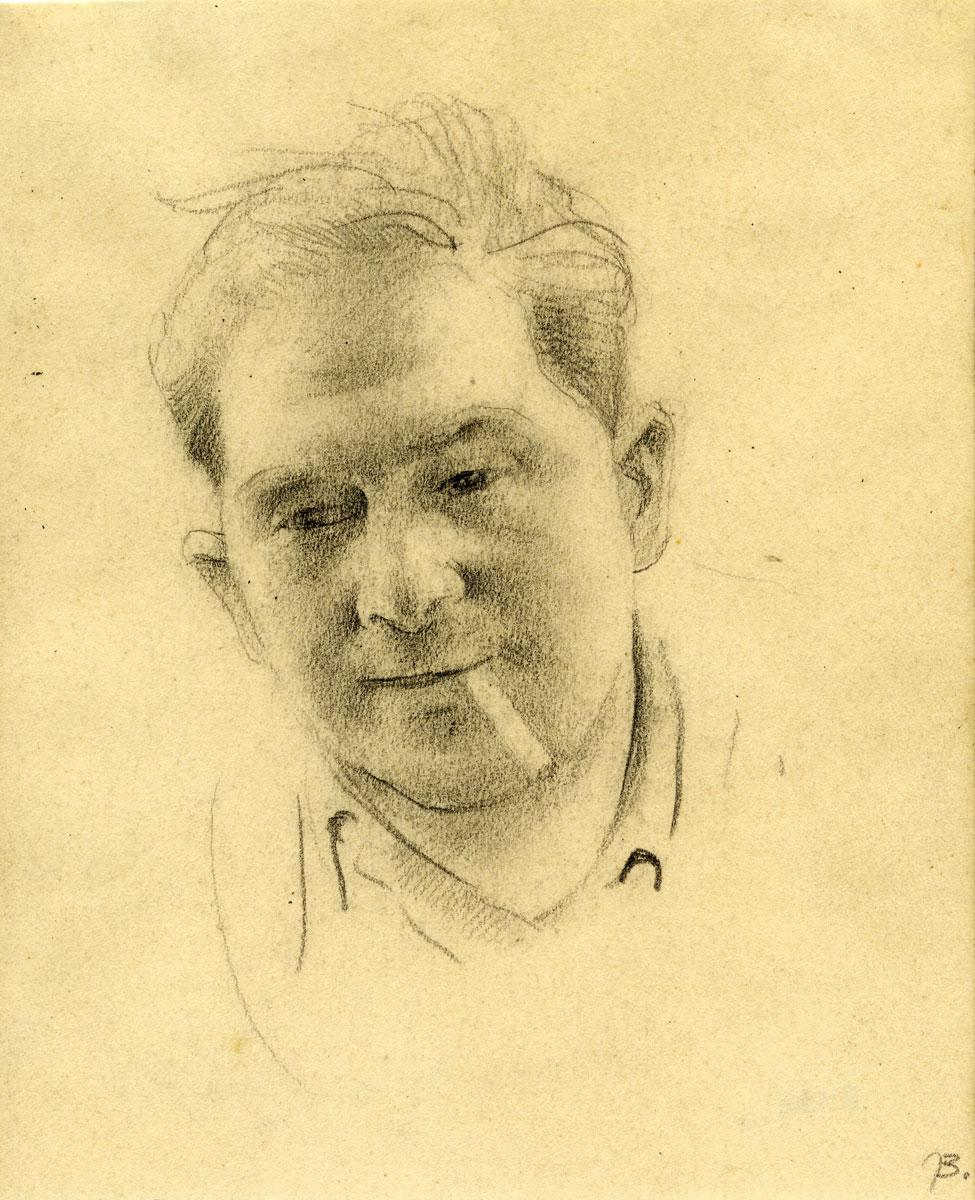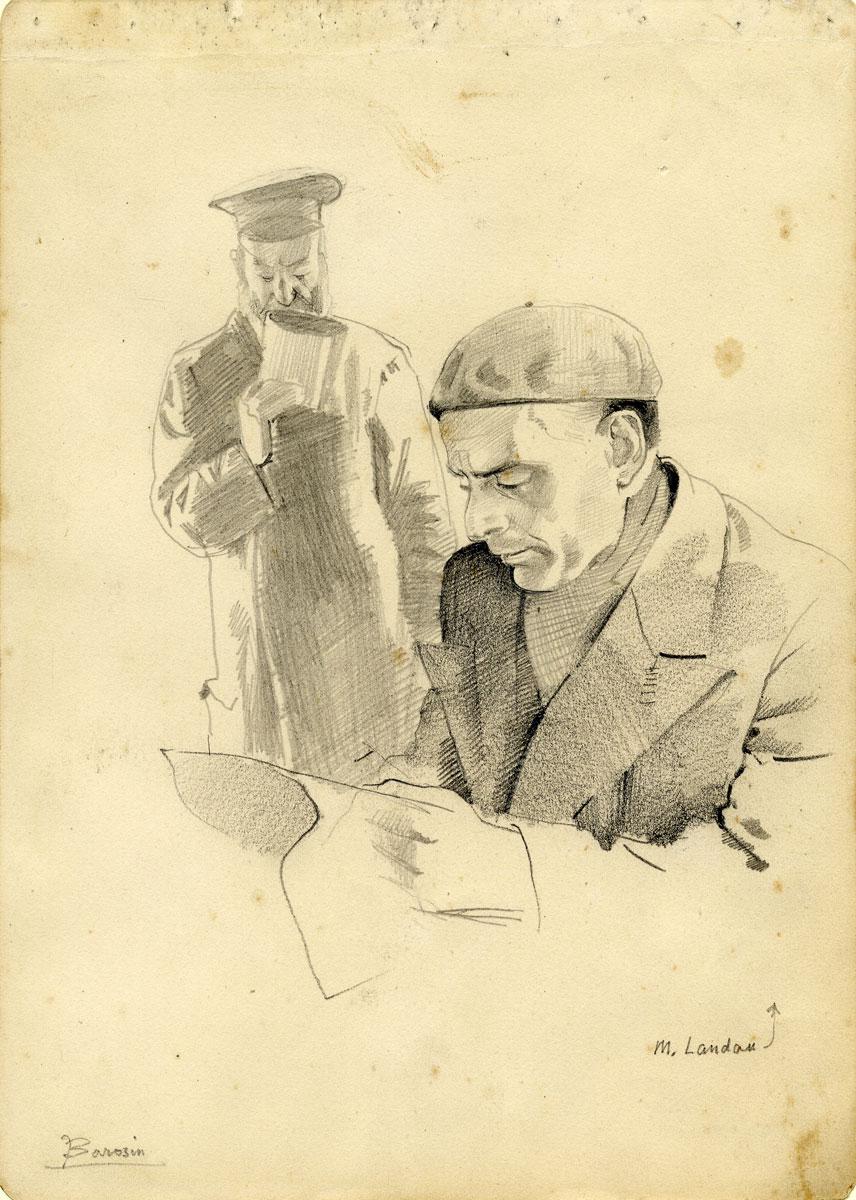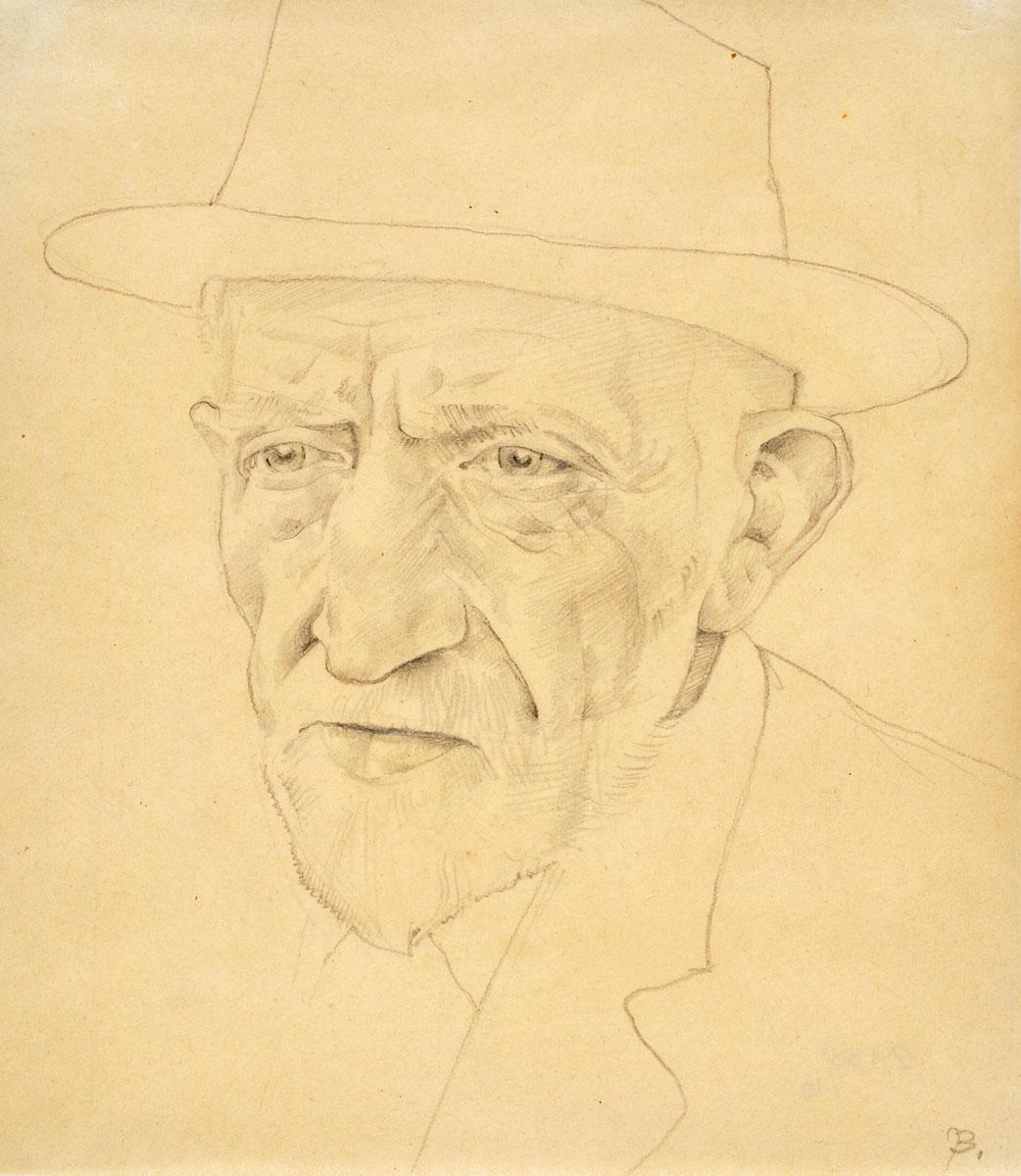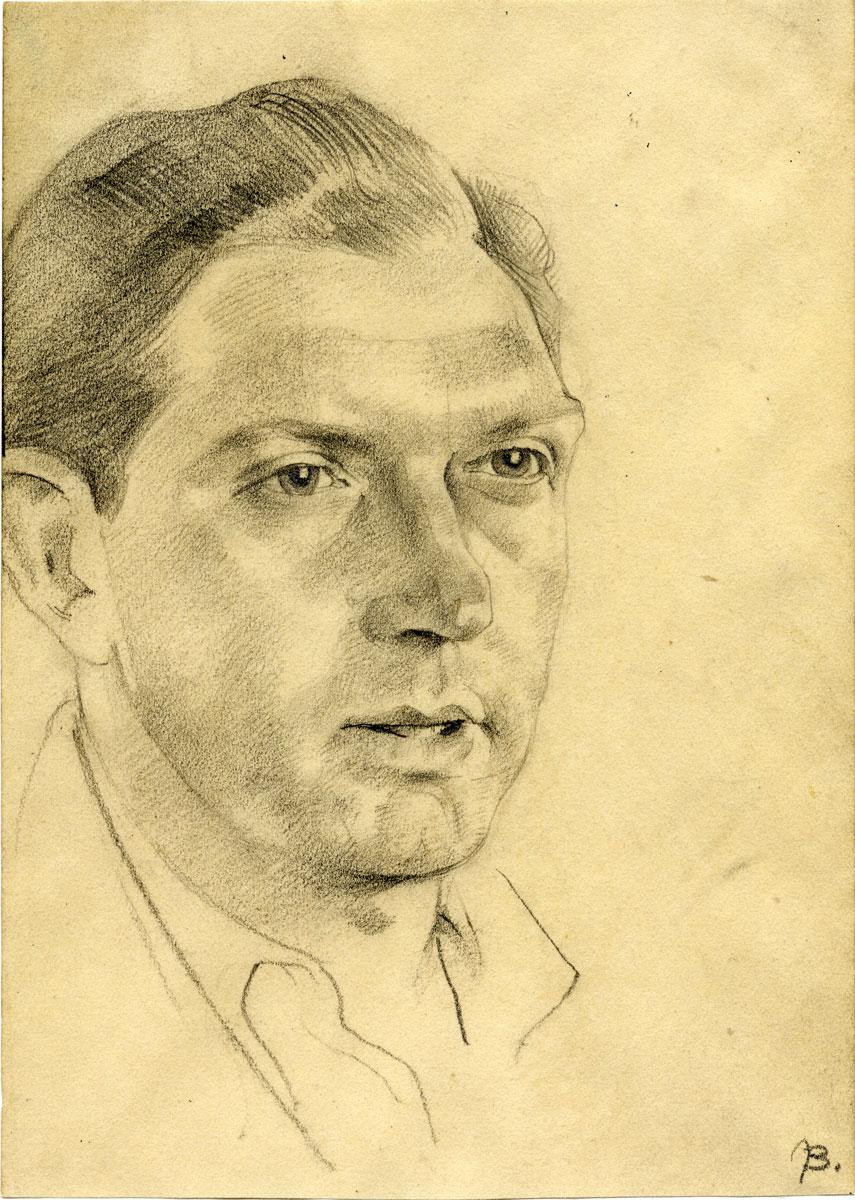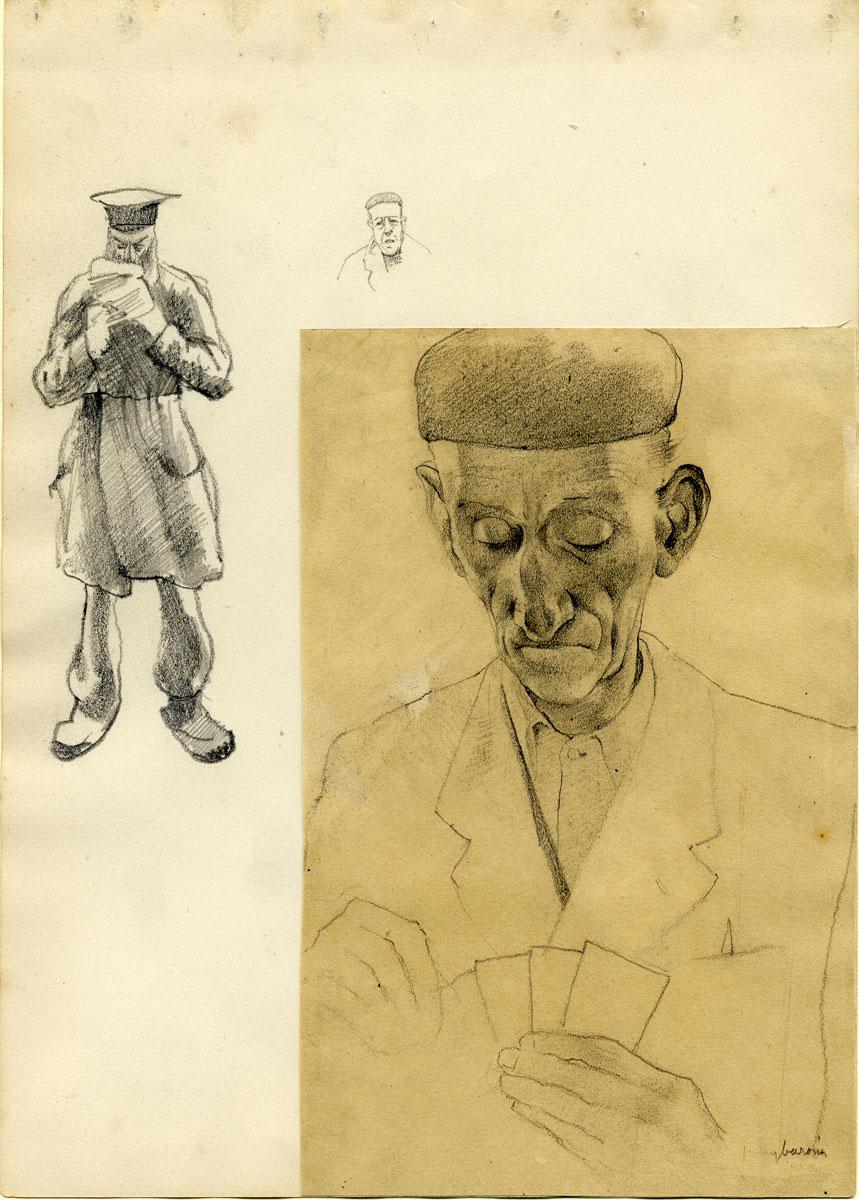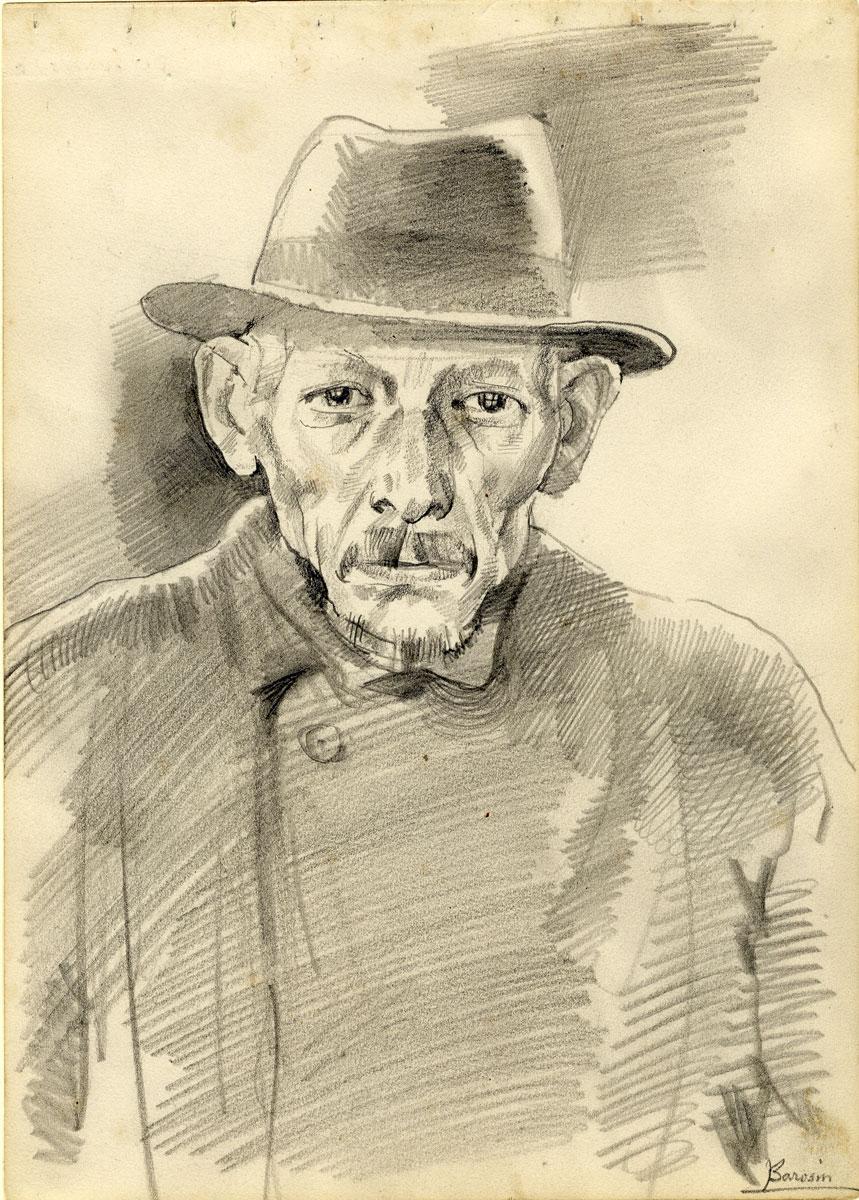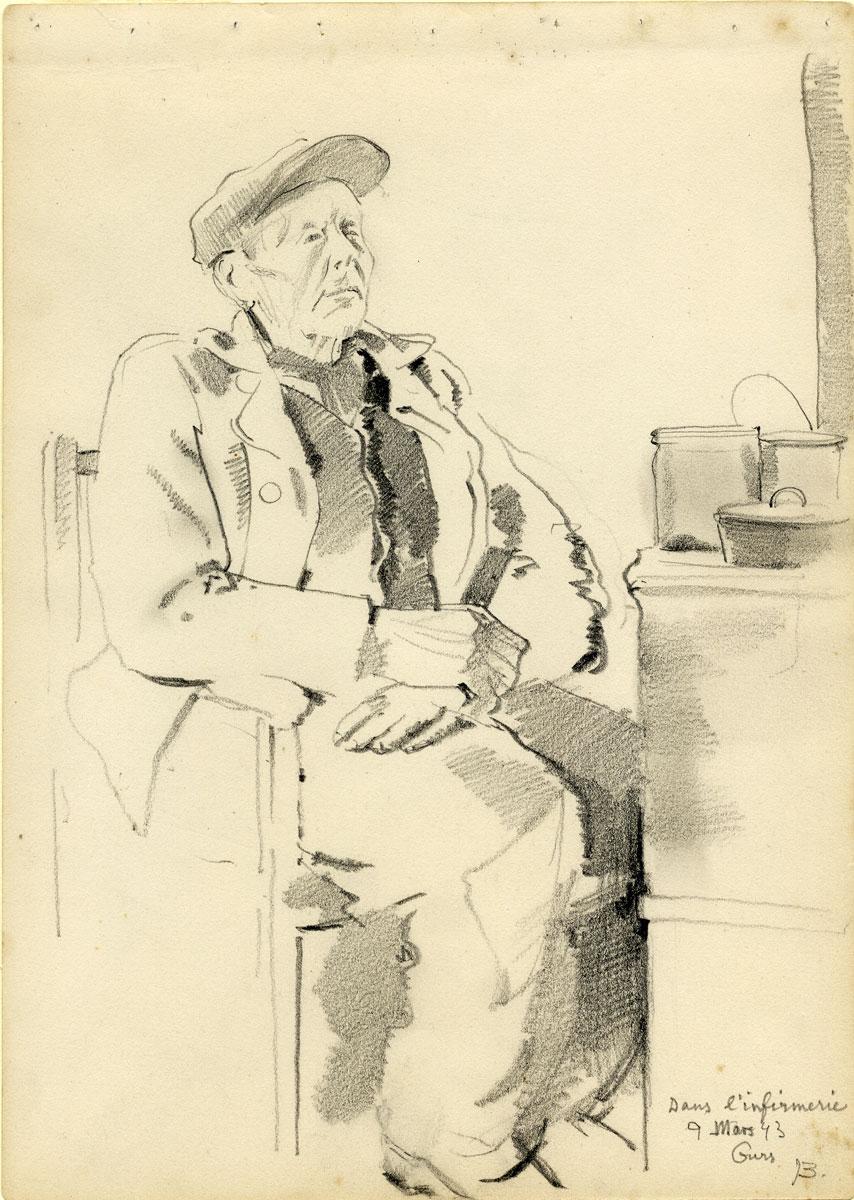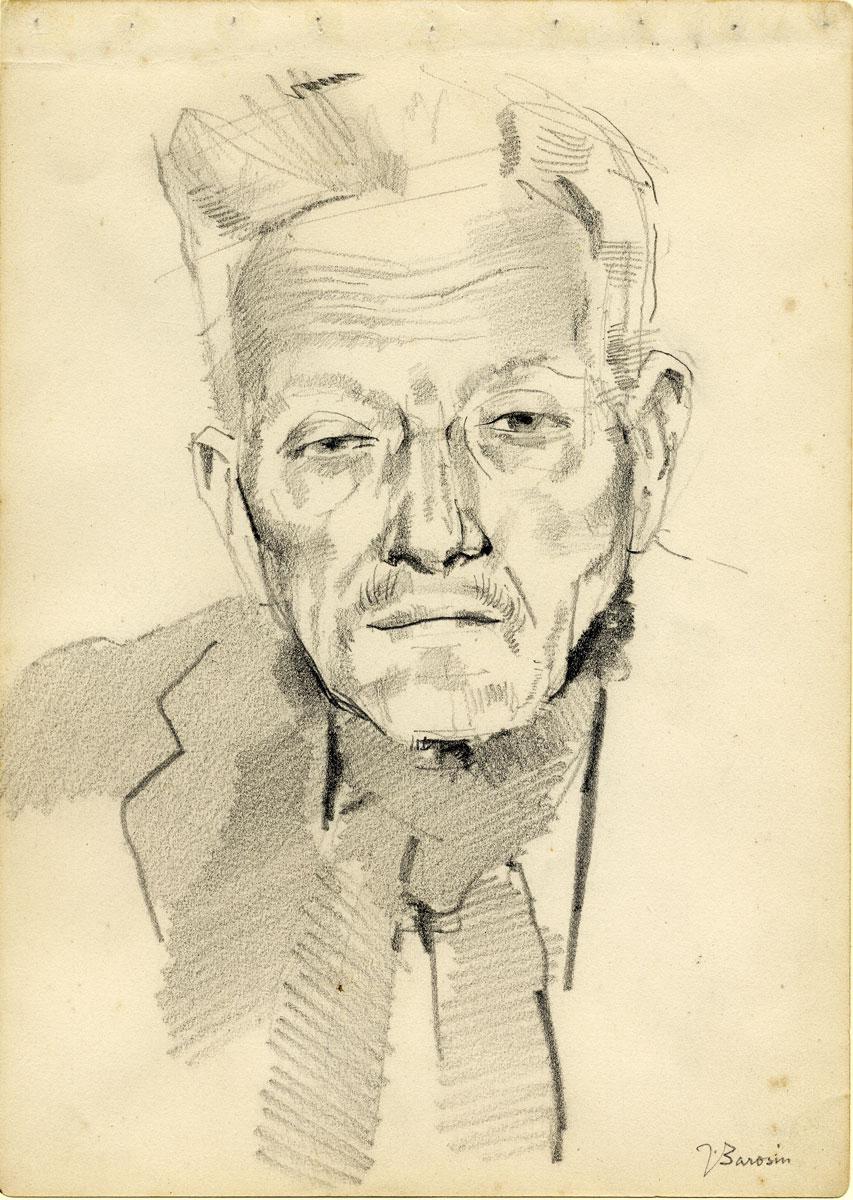When still a child, Barosin's family moved to Berlin. He studied art and philosophy in Berlin, and was awarded Ph.D. in Art History from the University of Freiburg. Following the rise of the Nazi regime, he and his wife Sonia fled to Paris. In May 1940, after the German invasion, he was arrested by the French as a hostile alien, and interned in camps in southern France. Because he volunteered to serve in the French Army, in the summer of 1941, he was permitted to be under house arrest in the town of Lunel, where his wife joined him. In November 1942, in the fear of arrest, the couple fled to the town of Florac, in the Lozère region. To sustain financially, Barosin worked in agriculture, while his wife worked as a seamstress. In February 1943, Barosin was arrested and interned in the Gurs Camp. Six weeks later, he was deported to the Gignac Camp. He managed to escape from Gignac in April, and rejoined with his wife, who was in hiding in Florac. With the help of a Protestant teacher named Simone Serrière, they hid in a school's attic in a small, isolated village in the region. In August 1943, after their hideaway was discovered, the couple, using forged identity papers, fled to Paris. They found refuge in one of the suburbs until the liberation in August, 1944. In 1947, the couple immigrated to the United States, where Barosin remained active as an artist focusing on biblical themes, and working as an illustrator for the NBC television network for fifteen years.
During all of the war years in France, in camps or in hiding, Barosin painted whenever he had the opportunity to do so. In the Gurs Camp, he drew portraits of the prisoners, most of whom remain unidentified. Using a realistic, detailed style, Barosin immortalized the faces of men who lived in terror of the transports to the East. He documented the exhaustion and despair borne of endless waiting, and gave expression to the fear of the unknown.
In the exhibition “Last Portrait: Painting for Posterity”, Yad Vashem continues in its persistent endeavor to restore a face and a name to the victims of the Holocaust and tell their personal story. Despite our efforts, some portraits remain unidentified. If you have additional information about the portraits and/or artists that are part of this exhibition, please contact the Yad Vashem Art Museum staff.
